By Rodrigo Guillot, Mexico City
(with the people of Türkiye and Syria in my heart)
Mexico City remembers in its history two traumatic moments due to earthquakes: both happened on September 19, in 1985 and then in 2017.
In 1985, an 8.1 earthquake took the Mexican capital by surprise, devastating the entire city, and taking the lives of some 10,000 people, according to the Red Cross. In addition to the material damage, the capital’s population suffered, and still suffers, from psychological after-effects.
No one was prepared for a natural disaster of this nature, even though we knew that Mexico City is located in a seismic zone. Neither the Mexican federal nor the capital government had protocols in place to assist the population, wasting valuable time in rescuing lives. No authority was up to the problem.
This was probably the most profound lesson of the tragedy. Neighbors were forced to look for ways of autonomous organization to support the rescue efforts: removing rubble, sending food and medicine to the affected areas, sheltering the homeless, providing psychological support to survivors, etc. In Mexico, as a result of the 1985 earthquake, we say that the people of the capital are very supportive of each other, in addition to the fact that social and neighborhood movements that arose as a result of that tragedy still persist today.
Another lesson the tragedy taught the people of Mexico City was the culture of civil protection and prevention. Year after year, the city government carries out information campaigns and drills, which allow people to know how to act in case of emergency, and also help the authorities and civil society organizations to provide feedback and improve their response processes.
One of the most direct causes of the thousands of deaths that year was the weakness of the buildings in the city: many built in past centuries, but also many of modern architecture succumbed to the earthquake because they were not built according to technical characteristics to withstand telluric movements. After the tragedy, Mexico City introduced scientifically consolidated regulations, taking into account structures, materials, soil types, emergency evacuation routes, and other technical aspects that guarantee that buildings resist seismic movements.
In 2017, exactly 32 years after the tragedy of 85, and a few hours after the annual drill, another earthquake shook our capital. As some experts point out, the death toll (228) is proportionally very low compared to 1985. Nevertheless, it is impossible to stop lamenting and being indignant, because most of these deaths could have been avoided.
Many of the buildings that collapsed in 2017 were built after 1985. These did not crush due to lack of information at the time of construction on how to make them safe, but because of real estate corruption. In order to cut costs, the companies – with government approval – violated construction regulations, leaving thousands of families in the capital defenseless.
The real estate mafia in the capital takes advantage of overpopulation to speculate on housing prices, affecting the population’s access to natural resources and services. But undoubtedly, the worst manifestation of this mafia was the irresponsibility of private capital and the government was the murder by omission of dozens of people.
Undoubtedly, in addition to the lessons of 1985 (social and neighborhood organization, prevention and culture of civil protection, and technical and governmental supervision of real estate construction), Mexico City learned in 2017 the importance of fighting corruption, and capital’s greed to expand its profit, even at the cost of the lives of human beings.







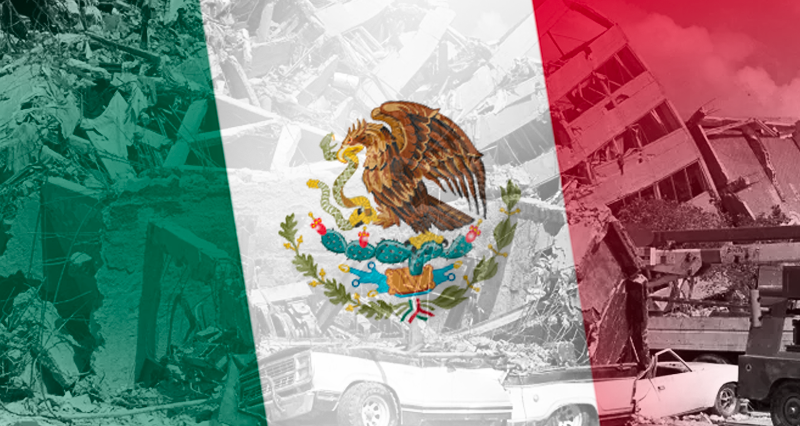
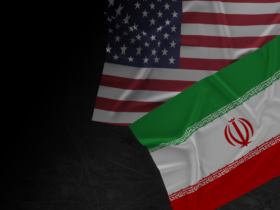
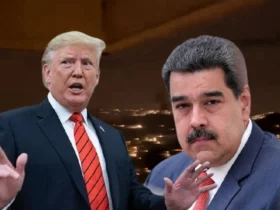
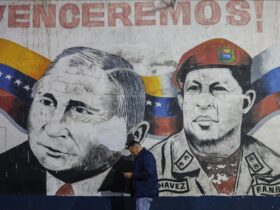
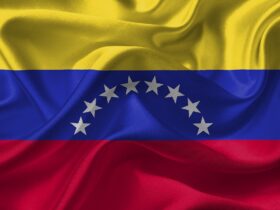

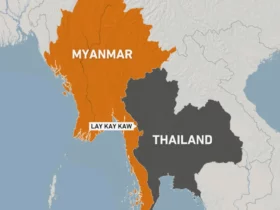

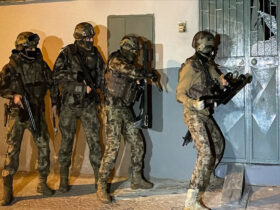

Leave a Reply